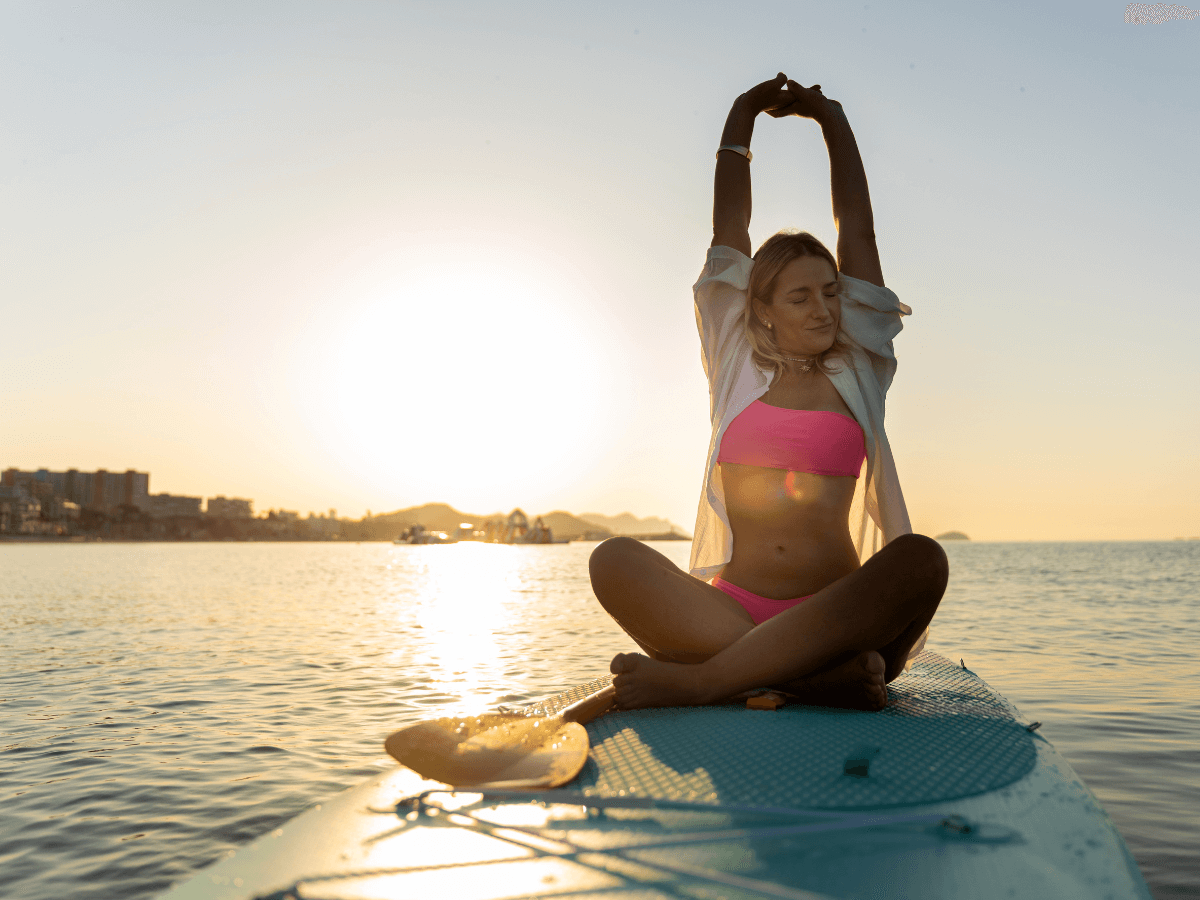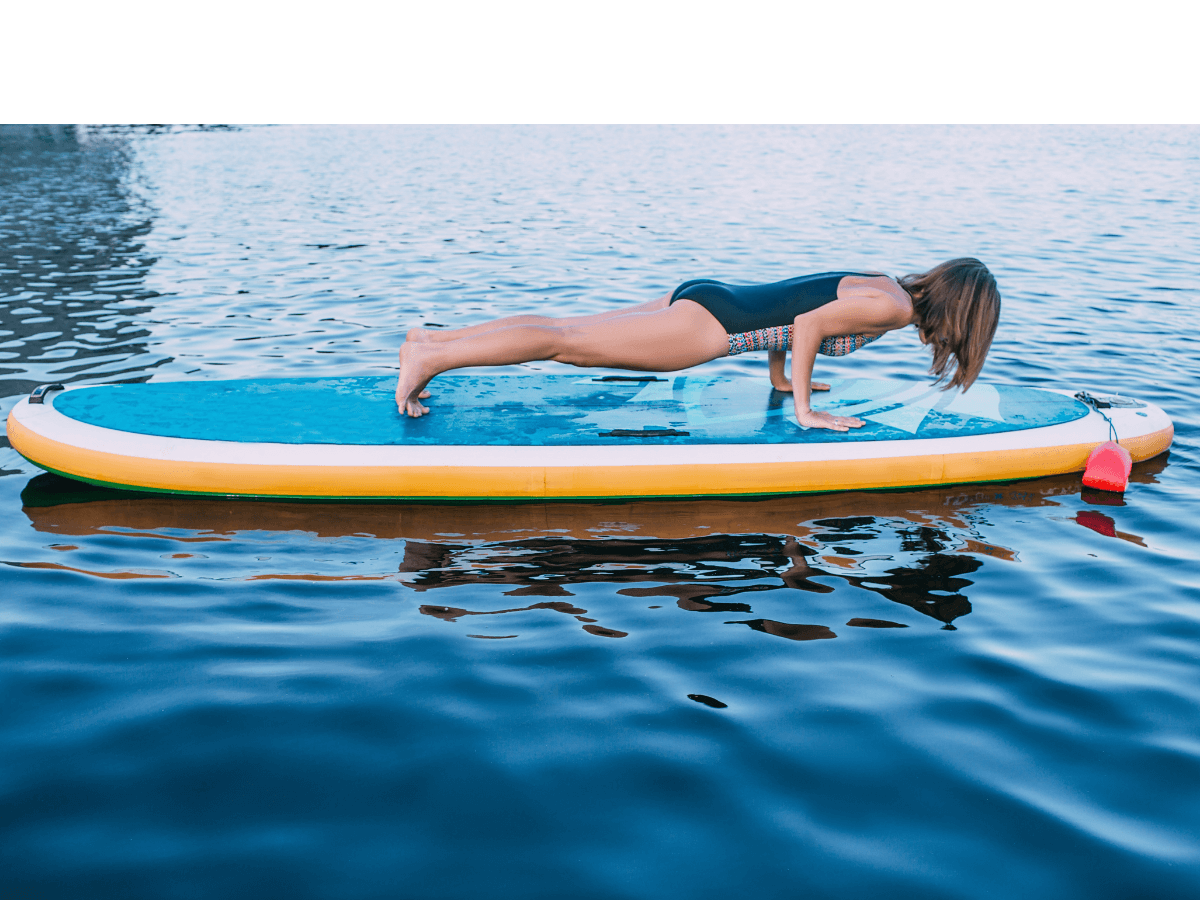Whether you’re just starting out or have a few seasons under your belt, bodyboarding can be one of the most exhilarating water sports – when done right. But even seasoned riders fall into common traps that can limit progress or lead to bad habits. Recognising these bodyboarding mistakes early on is key to developing a smooth, powerful style and getting the most out of every session.
Here are the five of the most common beginner bodyboarding mistakes and how to fix them.
1. Incorrect Body Positioning
The mistake: Many beginners (and even some intermediates) lie too far back on the board, which lifts the nose and drags the tail. This creates unnecessary resistance and slows you down, making it harder to catch waves and control the board.
Why it happens: Fear of nosediving leads riders to shift their weight too far back. It’s a natural reaction, but it can hold you back from progressing.
How to fix it: Your hips should be slightly above the tail of the board, with your chest low and forward. Keep your elbows tucked in and hands near the nose corners. This position gives you control and speed while helping you trim smoothly across the wave.
Avoid the habit: Practice your positioning on the beach first, then check your placement in the water. A video or friend can help identify if you’re sliding back unknowingly.
2. Paddling Too Late (or Not at All)
The mistake: Failing to paddle at the right time – or skipping paddling altogether – is one of the biggest bodyboarding mistakes. Riders miss waves or fail to build enough momentum to drop in properly.
Why it happens: Unlike surfing, bodyboarding can feel like the wave should do all the work. But without some pre-drop momentum, you’ll stall or get caught by the lip.
How to fix it: Start kicking and paddling a few seconds before the wave reaches you. Use strong, alternating flutter kicks with your fins, and paddle with both arms until you feel the board begin to glide.
Avoid the habit: Time your take-offs by watching experienced bodyboarders. Use their rhythm to learn when to commit. Once you’re in the wave, reduce paddling and shift your weight forwards on the board.

3. Choosing the Wrong Waves
The mistake: Trying to ride every wave – or choosing ones that are too steep, too weak, or closing out, leads to frustrating sessions and missed opportunities.
Why it happens: Impatience and lack of ocean knowledge are usually to blame. It’s tempting to chase every wave regardless of size, especially when you’re eager to improve.
How to fix it: Study the surf before entering. Look for waves that hold a clean, open face, ideally with a consistent peak and shoulder. Avoid waves breaking all at once (closeouts).
Avoid the habit: Take five minutes to observe the surf each session. Get to know how your local break behaves with different tides and swells. Quality beats quantity – one good ride teaches more than ten wipeouts.
4. Neglecting Fins and Gear
The mistake: Using poor-fitting or low-performance fins, or forgetting essentials like a leash or fin savers, can turn an otherwise good session into a nightmare.
Why it happens: New bodyboarders often focus only on the board, underestimating how important good fins and accessories are.
How to fix it: Invest in high-quality fins that are snug but comfortable. Add fin savers to avoid losing them in wipeouts, and always wear a leash to stay connected to your board. A wetsuit or rash vest also adds comfort and protection.
Avoid the habit: Treat gear prep as part of your routine. Rinse and inspect your kit after every session, and adjust as needed to suit the conditions. Comfortable, reliable gear gives you confidence and stamina in the water.

5. Not Practicing Duck Diving
The mistake: Poor duck diving technique (or avoiding it altogether) makes paddling out frustrating and dangerous, especially in bigger surf.
Why it happens: It’s physically tough and often skipped in early sessions. Many riders resort to getting hit by the wave or rolling with the board neither of which work well in heavy surf.
How to fix it: To duck dive, push the nose of your board down with both hands as the wave approaches. Then use one knee to sink the tail while tucking your body behind the board. Let the wave pass over, then resurface smoothly.
Avoid the habit: Practice duck diving in smaller surf or whitewash until it becomes second nature. The better you dive, the faster you’ll get back to the peak -and the more energy you’ll save.
The Importance of Consistent Practice and Self-Reflection
Like any sport, bodyboarding requires patience and consistent practice to truly master. Avoid the temptation to rush your progress by forcing maneuvers or pushing beyond your skill level. Instead, focus on refining the basics and reflecting on each session what went well, what didn’t, and why. Keeping a surf journal or recording your rides can be a great way to track your improvements and spot recurring bodyboarding mistakes before they become habits. Remember, every wipeout is a learning opportunity.
Getting Guidance from Experienced Riders and Instructors
One of the best ways to overcome common mistakes to seek feedback from more experienced bodyboarders or professional instructors. They can spot subtle errors in your form, timing, or wave choice that you might miss on your own. Joining local bodyboarding communities, or taking lessons can accelerate your learning. Plus, it’s a great way to stay motivated and make new friends who share your passion for the sport.
Everyone makes bodyboarding mistakes, especially as a beginner – what matters is how quickly you learn from them. By correcting bad habits early, you’ll not only become a better rider but also boost your confidence, safety, and overall enjoyment of the sport. Focus on positioning, timing, wave selection, gear, and technique, and your sessions will transform from frustrating to unforgettable.
Ready to hit the water with better form? Bookmark this guide, and keep practicing smart. The waves are waiting.






